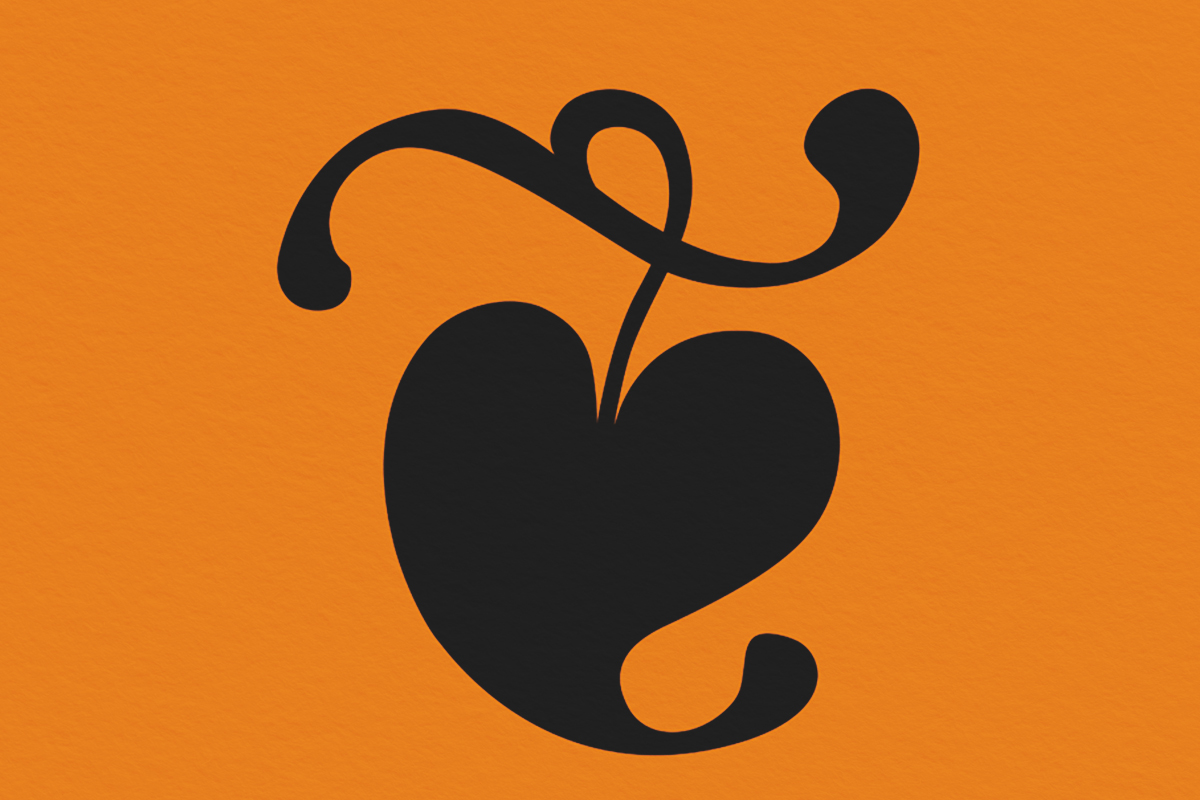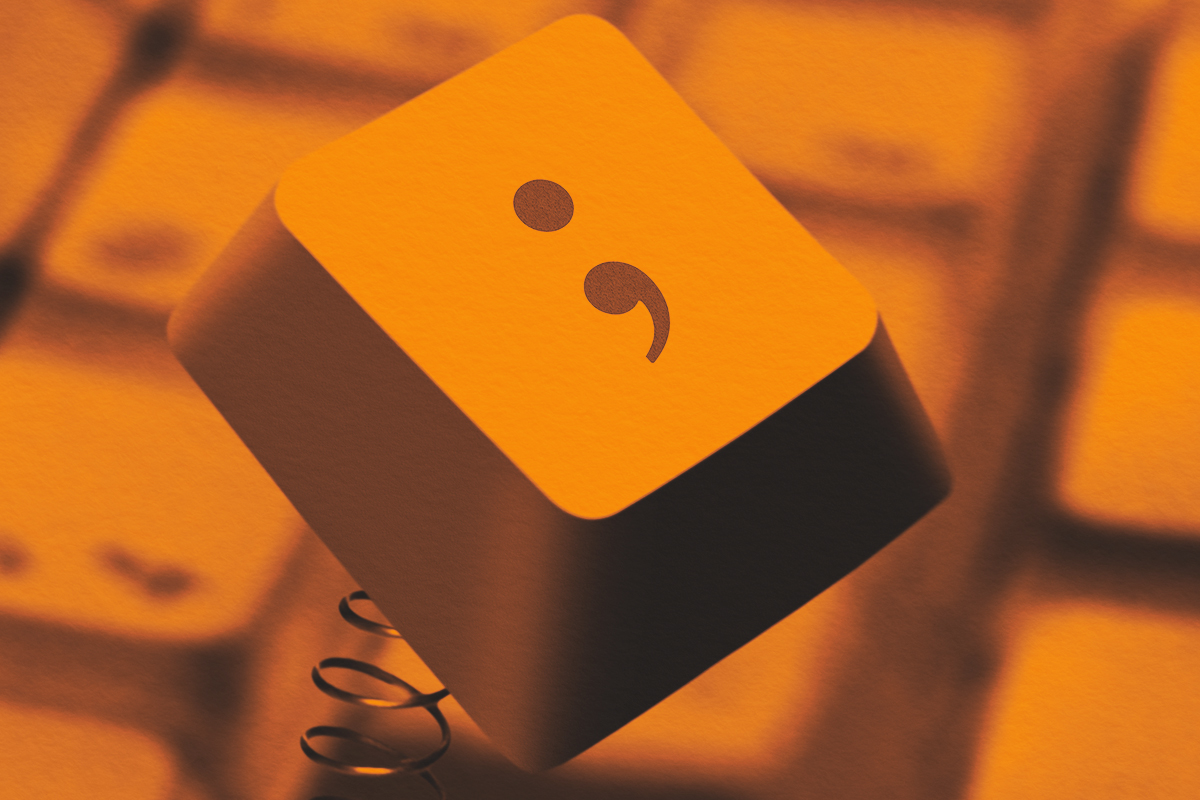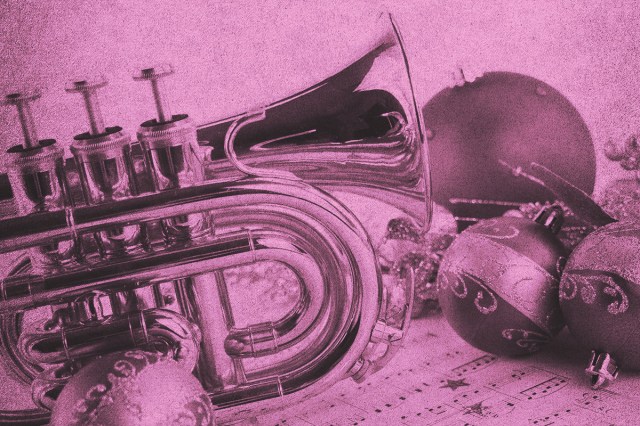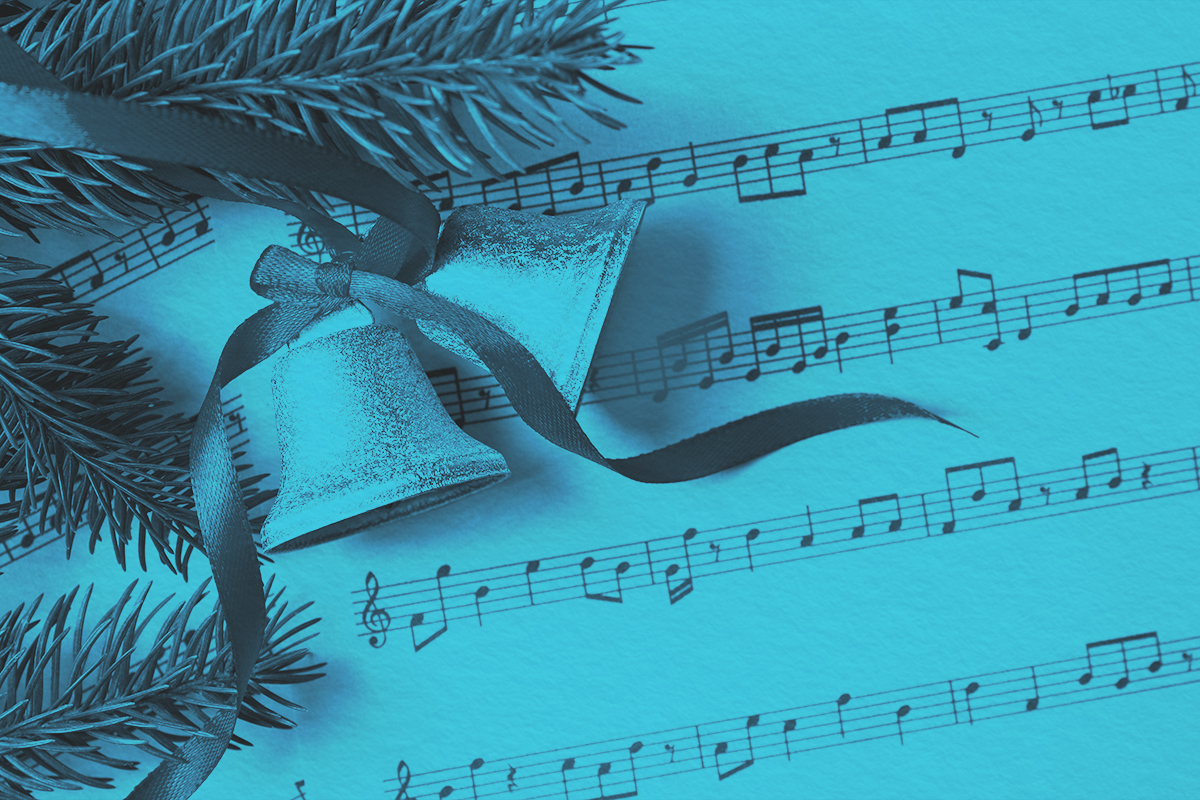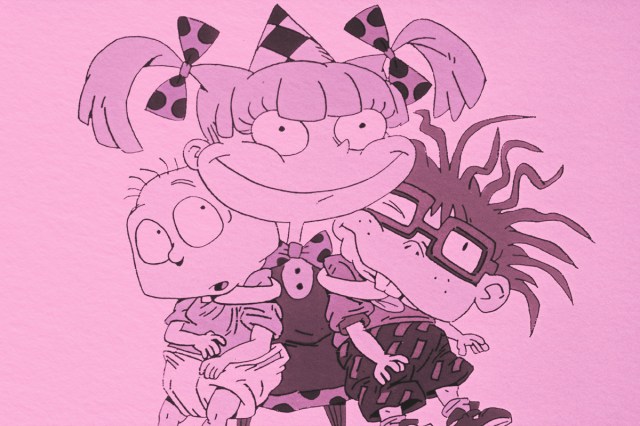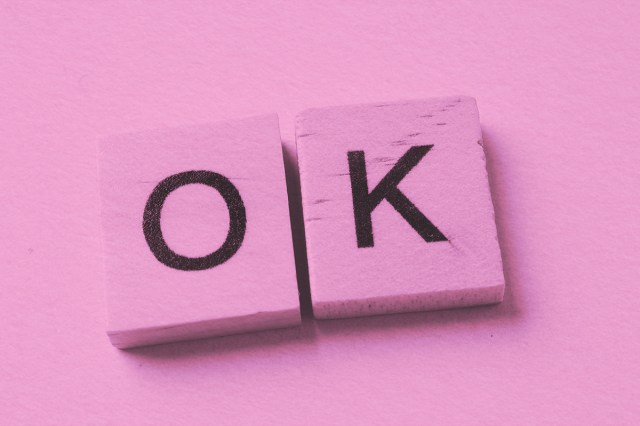
“Em Dash” would be the perfect moniker for the female equivalent of Olympic sprinter Usain Bolt (hint for any expectant parents eyeing the Summer Games in 2044). But in writing, an em dash is an advanced-level punctuation mark that can be used in lieu of commas, parentheses, and colons. Visually, em dashes look like long hyphens, and they generally take up the same amount of space as a capital “M” — hence the name (that was an em dash preceding “hence”). The exact meaning of an em dash changes based on how it’s used, but the usual purpose is to draw attention to — and emphasize — a specific portion of text.
Grammarians often use em dashes in place of commas to make sentences more readable and to highlight a certain block of text. For instance, “When Catherine arrived at the airport — two hours late — she was told her flight had already departed.” In this case, em dashes are used on either side of “two hours late” to emphasize just how late Catherine was.
When deciding among parentheses, commas, and em dashes, it matters how subtle you’re trying to be. Parentheses are more useful when subtly adding details: “Cameron had a lot of chores (that he was procrastinating on) and little time to do them.” Grammatically, parentheses should be used only if the information within is not necessary to understand the sentence. The information might add color, but it’s not required. If the information is relevant to one’s understanding of the sentence, commas would be the appropriate choice: “Cameron had a laundry list of chores, most of which would be quickly accomplished, but he was procrastinating.”
An em dash is a great choice if the information is supplemental, but you’re trying to hammer home certain details: “Cameron had a laundry list of chores — three pages were given to him by his mother — but also little time to do them.”
In another usage, em dashes can replace a colon at the end of a clause in order to emphasize a conclusion. Here’s an example: “Jenny studied hard for the test and achieved her goal — a passing grade.”
This punctuation mark is useful visually and in writing, but it doesn’t change the way you communicate verbally. An em dash sounds the same as a comma or a colon if you’re reading aloud — it’s a simple pause.









